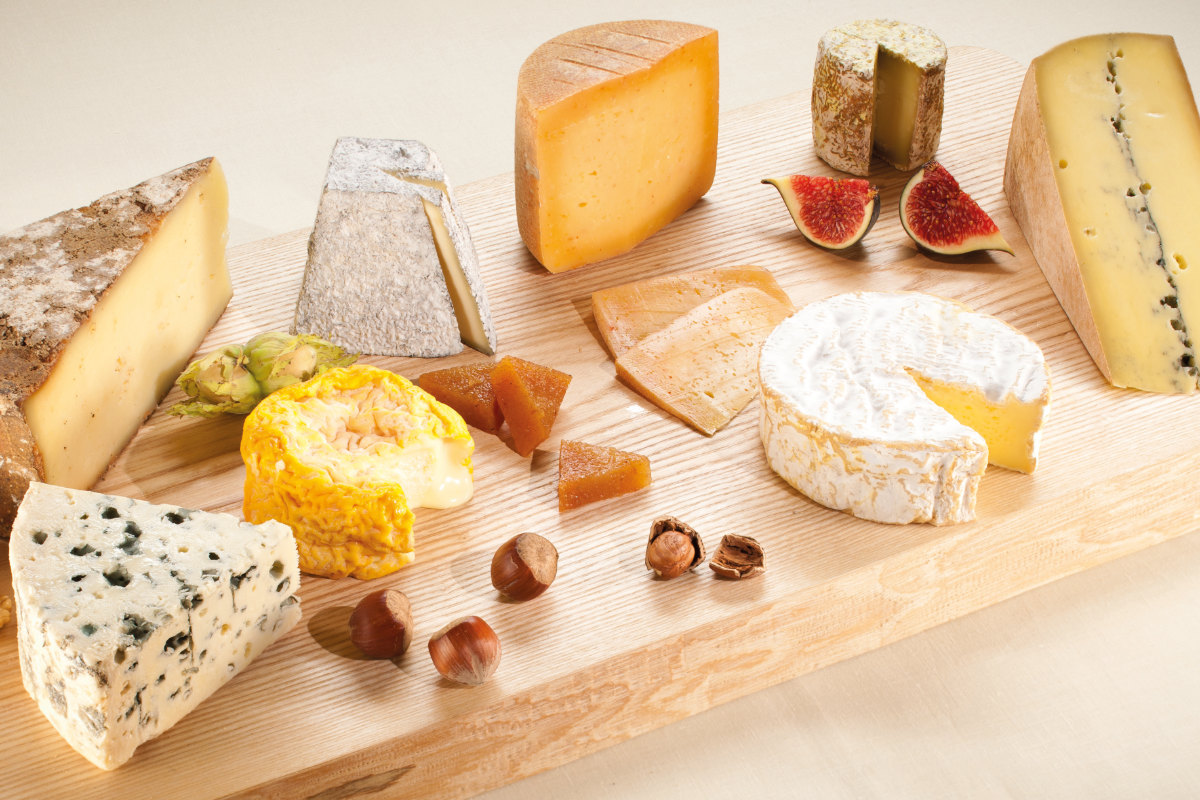
LIVING There’s a way to get a cheese board right, and Charles Duque of the French Dairy Board (CNIEL) shares his knowledge on how to do it
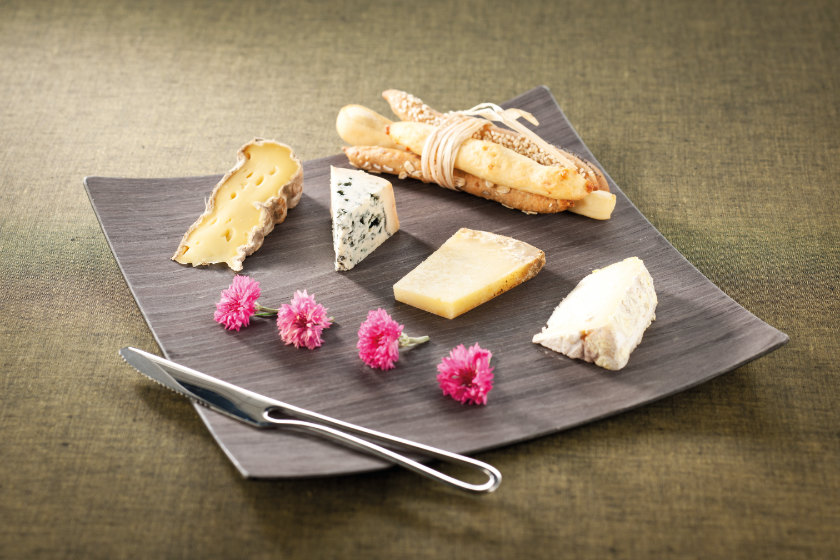
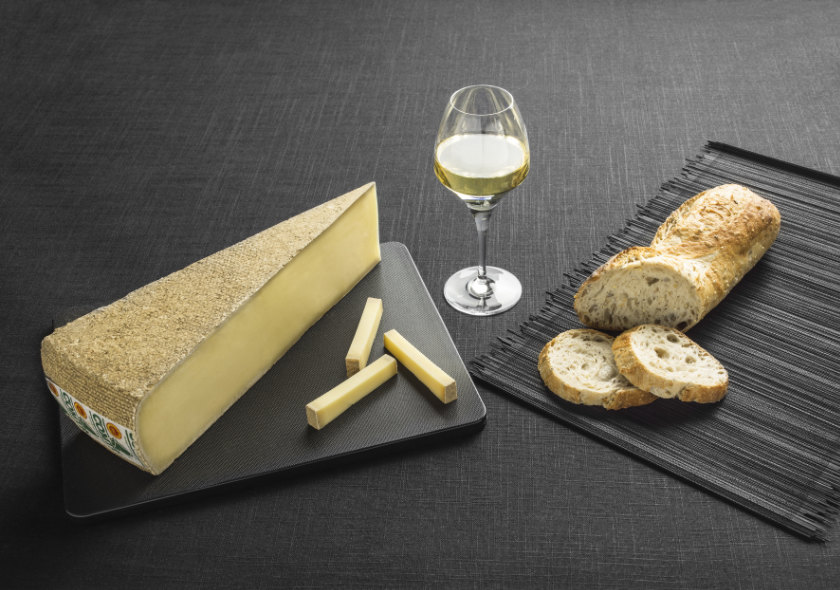
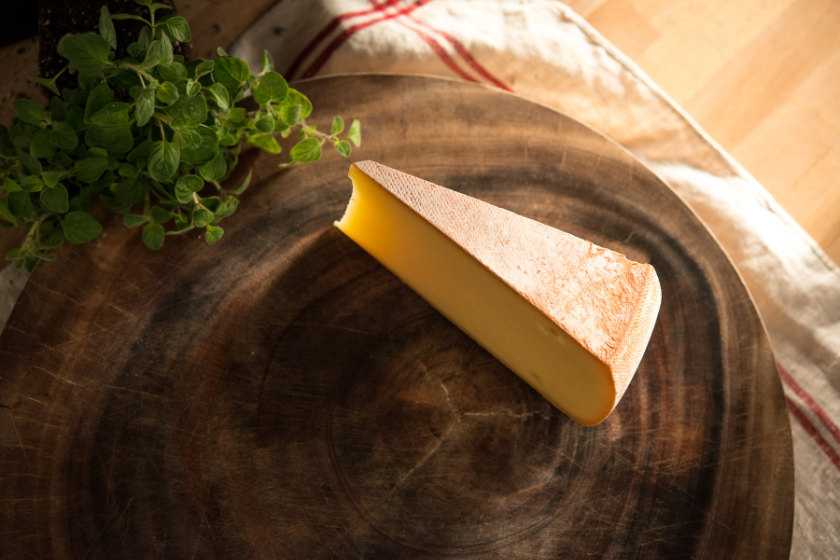
The cheese plate—or board as it’s sometimes called—is the perfect way to end a wonderful meal for cheese lovers around the globe. Or, served with wine and crusty bread, it can be a light meal on its own. When paired with a wonderful champagne or cabernet, it becomes an unmatched delight for the palate.
In France, a selection of sumptuous cheeses is typically presented after the main course in place of dessert. Love cheese? Creating a cheese plate that is balanced visually and in terms of flavours and textures is a skill that’s easy to learn and always useful.
According to Charles Duque, CNIEL’s (Centre national interprofessionnel de l’économie laitière, or the French dairy board) managing director for the Americas, ‘There’s no such thing as the perfect cheese plate. It’s a matter of personal taste and occasion.’
Duque offers these tips for creating a cheese board with style.
Balance. It’s all about the numbers. Duque (like many interior decorators) likes the power of uneven numbers. He insists on using three, five or seven cheeses in his presentations.
Follow the clock. Position your cheeses on the board and think of them as a clock. Start from the mildest and work your way up to the most intricate (i.e. pungent). Duque notes with good reason, ‘If you start with the stinky cheese, you will not be able to taste the more delicate cheeses,’.
It’s about style. Select your cheeses from one of each of the major styles. Washed-rind, soft cheese, hard cheese and a pungent blue.
continued below
The company you keep. Baguette or cracker; hand-to-mouth? It’s totally up to you. Duque warns the baguette or cracker should be neutral. Do not put a delicate cheese on something so savoury that it will mask the flavour of the cheese. Keep the crackers light and crisp, the baguettes should be sliced and then sliced again. You want to taste the cheese not the bread.
Slice it in style. Cheeses deserve worthy companions both alongside and for serving. For a truly French experience try the Laguiole Jean Neron Cheese knives. These elegant stainless steel, wood-handled Laguiole knives come from the Massif Central region of France, specifically the “knife city” of Thiers where 70 per cent of French cutting-tool production comes from.
Add a bit of the sweet stuff. Finally, a little bit of sweetness to balance it all out is always a good addition, especially if you are going the French route and serving the cheeses après le dîner. Instead of the usual fruit and nut, splurge on a beautiful pâté du fruit or this delightfully light and creamy lavender honey by Maison Peltier. For more information on French cheese, please go to www.cheesesofeurope.com. •
French cheese board stars
Related articles hand-picked by our editors
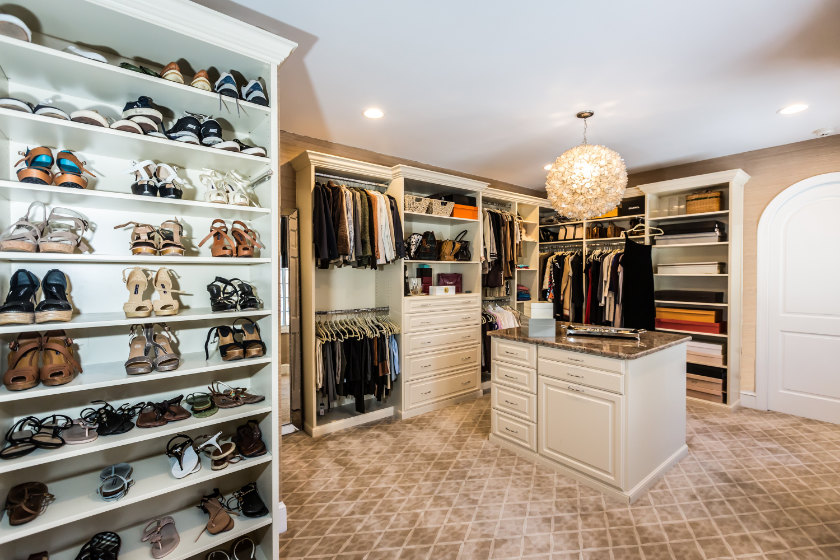
Crazy sexy closets
If clothing, accessories, and jewellery are extensions of your personality, then give them the luxurious storage and security they deserve, reports Elyse Glickman
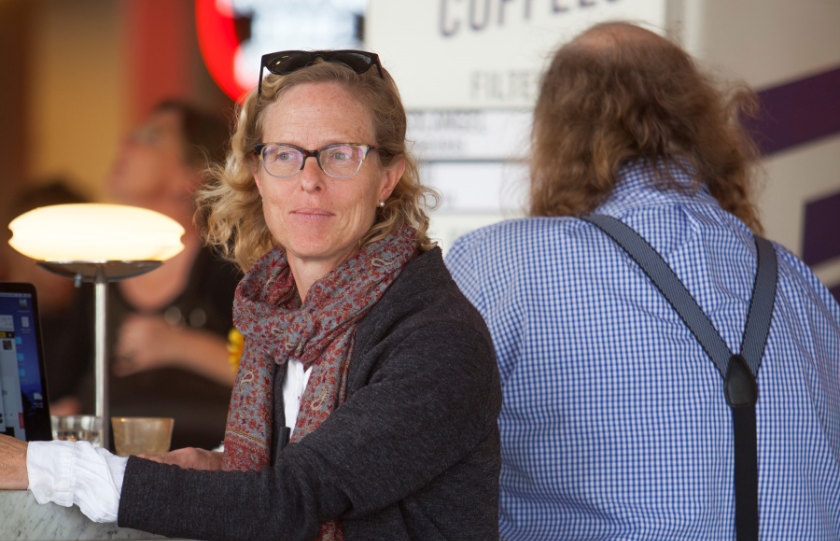
Bowled over!
Los Angeles Times’ food editor Amy Scattergood meets with Elyse Glickman to discuss why food festivals need to evolve to provide everybody a seat at the table
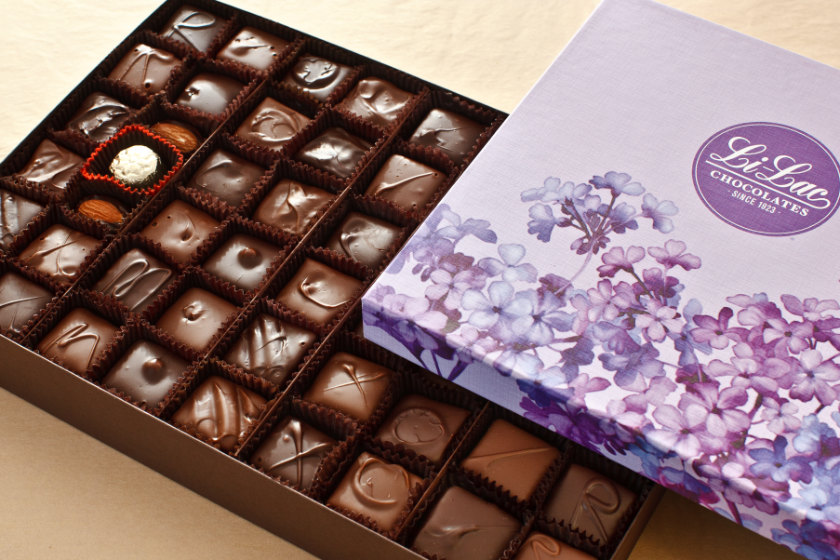
A guide to 2017 living
In the first of our three-part series, Paris editor Lola Cristall looks at the products that’ll help make life easier in ’17, from chocolate to fireplaces
Advertisement
Copyright ©1997–2022 by JY&A Media, part of Jack Yan & Associates. All rights reserved. JY&A terms and conditions and privacy policy apply to viewing this site. All prices in US dollars except where indicated. Contact us here.